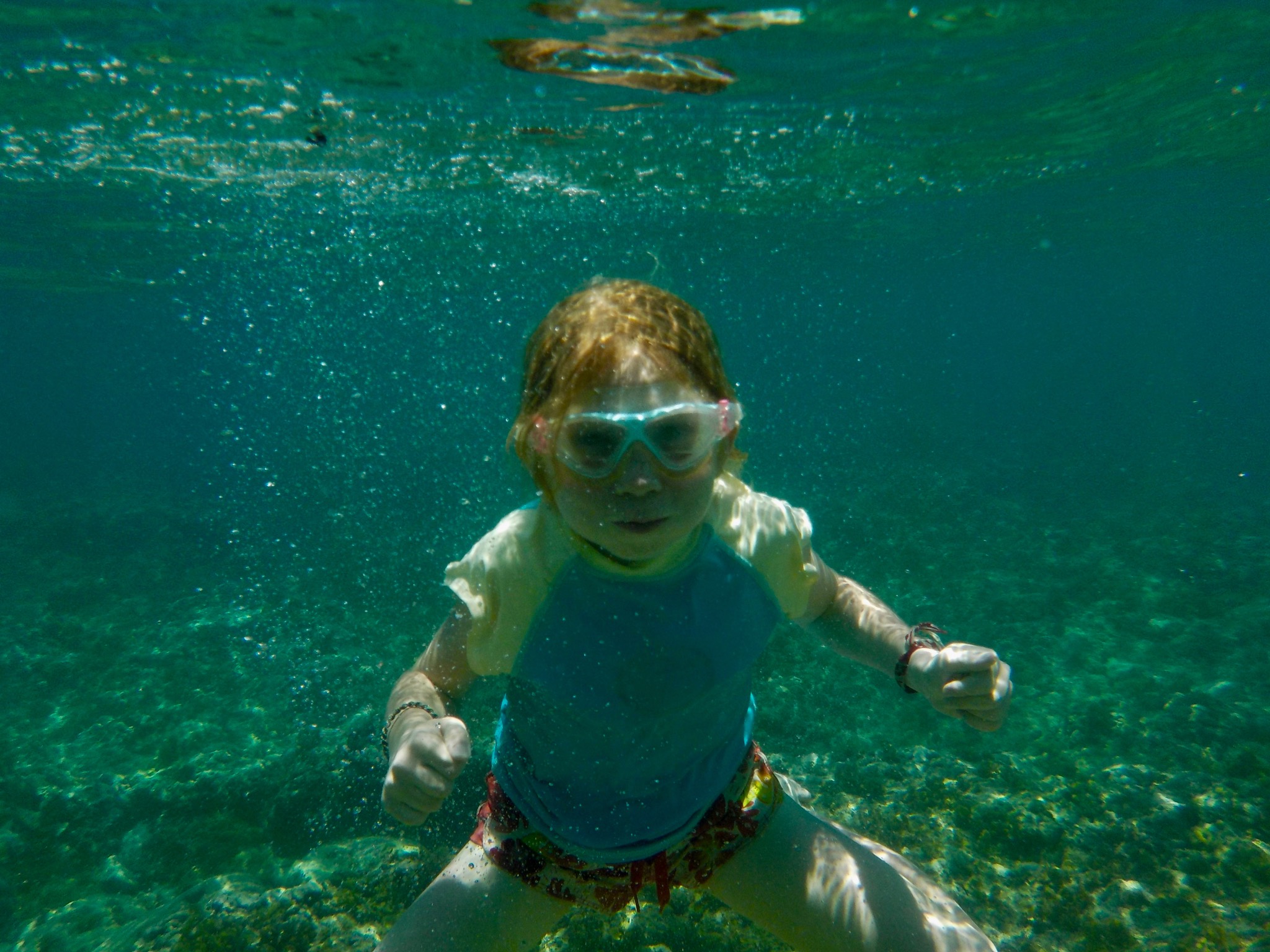Developing Worldschooling Curriculum: Math

When we pulled our three kids out of school to pursue full-time travel and worldschooling, we resolved to keep their skills enough on par with their peers that reintegration into traditional schools was always an option. For us, this meant covering our bases on the three Rs (reading, writing and arithmetic) without wasting any valuable adventure time or driving ourselves and our kids crazy. Of the three, I find mathematics to be the most challenging to keep up on a consistent and continually progressing basis. During travel, we come by history, the arts, natural sciences and social sciences quite readily, but (at least for our family) math and physical sciences require a bit more effort.
We work math into our worldschooling curriculum in two ways: natural learning and academic study. For all subjects, we prefer to emphasize real-world application over traditional pedagogy and drilling wherever possible, and such natural learning about math was fairly easy in the lower grades. For example, we regularly had our kids trade off in computing our restaurant bill and change, asked them to calculate distances and durations, and took advantage of markets with traditional scales to practice weighing and measuring. But we also found that we had to be a little more didactic about math for our kids to get the practice needed to maintain and advance their quantitative skills. Hence, on the academic side, we relied on ideas from Family Math and similar resources, a variety of worksheets and word problems that I created based on actual events of previous days, and Khan Academy’s high-quality math courses (available online in multiple languages on a pay-as-you-wish basis—we regularly contribute).
As our kids progressed in math, I continually sought creative ways to keep quantitative skills tangible and relevant to our day-to-day travel lives. Keeping in mind what they were working on in Khan Academy and the numbers skills officially expected for each child’s grade level, I looked for inventive ways of tying math into what we were doing out in the world. I found that by donning my “math thinking cap,” I could find a variety of interesting ways to integrate math and physical sciences with our travel experiences.
A favorite example is when my 10-year-old was learning about calculating speed, velocity and pressure. At the time, we were in Nepal, and we planned to visit the Philippines the following month. With a little Internet research, I landed on an accessible magazine article about the pounds of pressure per foot as one ascends above and descends below sea level. I assigned the article to my son, alongside textbook formulas for calculating pressure. Then, I developed word problems about the actual pressure our family was experiencing as we hiked at high altitude in the Himalayas. A few weeks later, the problems focused instead on calculating the pressure we felt in our ears as we snorkeled and dove in the South China Sea.
While my kids do not always share my delight at such assignments, I am convinced that weaving together our travel experiences with academic skill-building in math is absolutely worth the extra effort. I appreciate the fact that worldschooling challenges me to scour our environment for ways to translate abstract ideas into our daily life, while it also offers unique and exciting opportunities to bring academic learning to life. This is precisely the sort of education I dreamed of as I sat in a midwestern classroom staring dismally at equations on the blackboard. Now that our three kids have re-entered formal school (after five years outside the system), their real-world-based understanding of numbers, logic and mathematical concepts makes their own classroom experiences much richer and more colorful.
0 Comments Add a Comment?